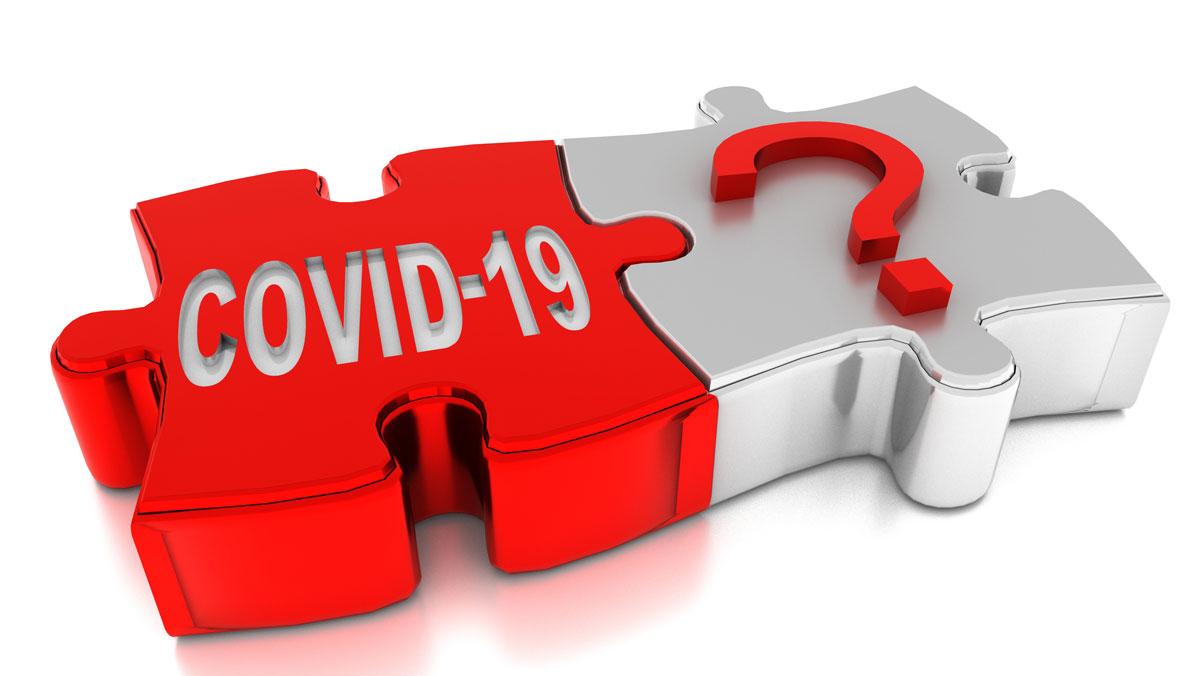
- Fecha de publicación
- Febrero 2020
- Business
- Artículo

Profesor y Director del Programa Superior en Dirección de Ventas de ESIC y Socio-Director de TDSYSTEM.
"
"To a hammer, everything is nails." Proverb
I'd like to talk about the thing that has us all in an involuntary retreat, but I'm not going to. Although it would draw your attention more if I used some statistics here full of affected, deceased and abused people. And if that wasn't enough, I would add some comparisons with other countries where we were the first for the bad and the last for the good. Can you imagine? It would be a madness for defeatists and half-baked extremists. To get your attention, I would get it, but more than helping you, I would distress you.
So, I'm going to forget about the numbers and their comparisons. Today I want to focus on D-day, or afterwards. Yes, at that time when we must reflect on how we have come out of this and what we have to learn from such a transit. I mention it because if this adventure is limited to being collected for more than a month, we are hardly going to take advantage of it. And you already know that if you don't learn anything from a situation you have lived, it is as if you have not lived it.
But I do not want to mislead myself or mislead you. I think that a good subject for reflection will be to know to what extent our skills have contributed to our success in this situation and in some cases, at least I hope so, with a remarkable high. And that, obviously, will force me to make a minimum classification of these skills.
If you allow me, although it is a simplification, I will propose a basic grouping distinguishing them in two big groups: one that would gather the most operative, mechanical or routine and focused on certain specific applications. The other group would be made up of those others less focused on a specific situation, more open and, therefore, ideal for critically prospecting new situations, asking themselves why and what for, and achieving a more efficient response than we had. If we had any.
As you can see, to succeed in any situation, both sets of skills are needed. For example, mastering a certain technology, as in any situation and increasingly in the future, makes it easier for certain processes to remain active. Without such mastery, it would be more difficult. So here we could say that, in part, this set of operational skills is helping us. Perfect, nothing to object to.
However, allow me to stress that an operational competence, although necessary as I have stressed, only highlights and enhances something for which it has been developed and in particular situations. If you shift the object from its application and the circumstance changes, the more effort is put into its application, the greater the havoc caused. You may wonder what I am suggesting with this. I simply mean that there is nothing worse than a useless person in action: the more haste, the greater the havoc it causes. And there has been quite a lot of that in this period.
On the other hand, having an important background of open skills, soft if you like, and not having the operational ones would allow us to see why things happen and what we want to achieve, but we would hardly put into practice the solutions we have devised. And this is where I want us to reflect on the application of those soft skills that allow us to see, to anticipate, to adapt and, ultimately, to successfully overcome a new and challenging situation.
If it's okay with you, let's see how we're doing and what we can learn:
- In foresight, we can say that we're not scoring points, although we are scoring a little bit. We are not agile in looking at the future, and about writing the future – no comment. We are at the level of "needs improvement", as an educator would say.
- In critical thinking, I don’t mean criticize (that, we do a lot), about why we are where we are and how to get out of this situation, we fall into the trap of opinions than into cold and objective analysis.
- In team empowerment, I don't mean that we don't make progress. But the command and control of some bosses is above empowering and giving autonomy.
- In self-criticism, we repeat clichés in blaming others instead of recognizing the error, learning from it and quickly implementing a plan to correct it.
- In building trust, we don’t always hit the mark, as we do not communicate enough or do not communicate well at all. Without trust there is no collaboration.
- In managing uncertainty, we can say that, rather than navigating through it, we have allowed ourselves to be dragged into it.
- In planning, improvisation and creativity abound, which is not always very sensible. However, on some occasions we've preferred to "sustain it and not amend it".
- In search of solutions different to the comfortable and established ones, we prefer to reproduce what works offline rather than online. And, of course, it doesn't always work.
- In creativity, instead of racking our brains, sometimes we prefer to make good use of the "if I have a hammer, all my situations are nails". And now maybe the hammer is obsolete and the person who uses it is obsolete too.
- In learning, we are sometimes more prone to complacency and accommodating obedience than to taking risks in the search for a new and efficient solution.
As a conclusion:
As you can see, we're doing well, although we have to keep learning.
Ah, there will always be doomsayers; the difference is that in times of crisis they are more likely to stand out. The visionaries of the past have the same function as an umbrella on a sunny day; the hammerheads will strive to perceive any situation as a nail. And finally, we like comfortable answers best, but they are not what we need now.
So, cheer up, challenge yourself and put yourself in that uncomfortable situation of looking for the most efficient solution. The other one, the conventional one, we already know it and it doesn't work.
"
También te puede interesar

Software para Retail: la guía para elegir la tecnología que tu tienda necesita
En el dinámico mundo del comercio minorista, la tecnología es imprescindible para ser eficiente y crecer. Tanto en las pequeñas boutiques como en las grandes cadenas, el software para retail transf...
- Publicado por _ESIC Business & Marketing School

Chatbots para WhatsApp: qué son y cómo crearlos para automatizar tu negocio digital
En la era del digital business, la inmediatez y la personalización en la comunicación con el cliente son factores críticos para el éxito. WhatsApp, con miles de millones de usuarios, se ha consoli...
- Publicado por ESIC University

Smarketing: qué es y cómo implementarlo
En el ecosistema empresarial actual, la sintonía entre los departamentos de marketing y ventas es el motor clave para lograr un crecimiento sostenido. El concepto de smarketing nace precisamente para...
- Publicado por _ESIC Business & Marketing School
